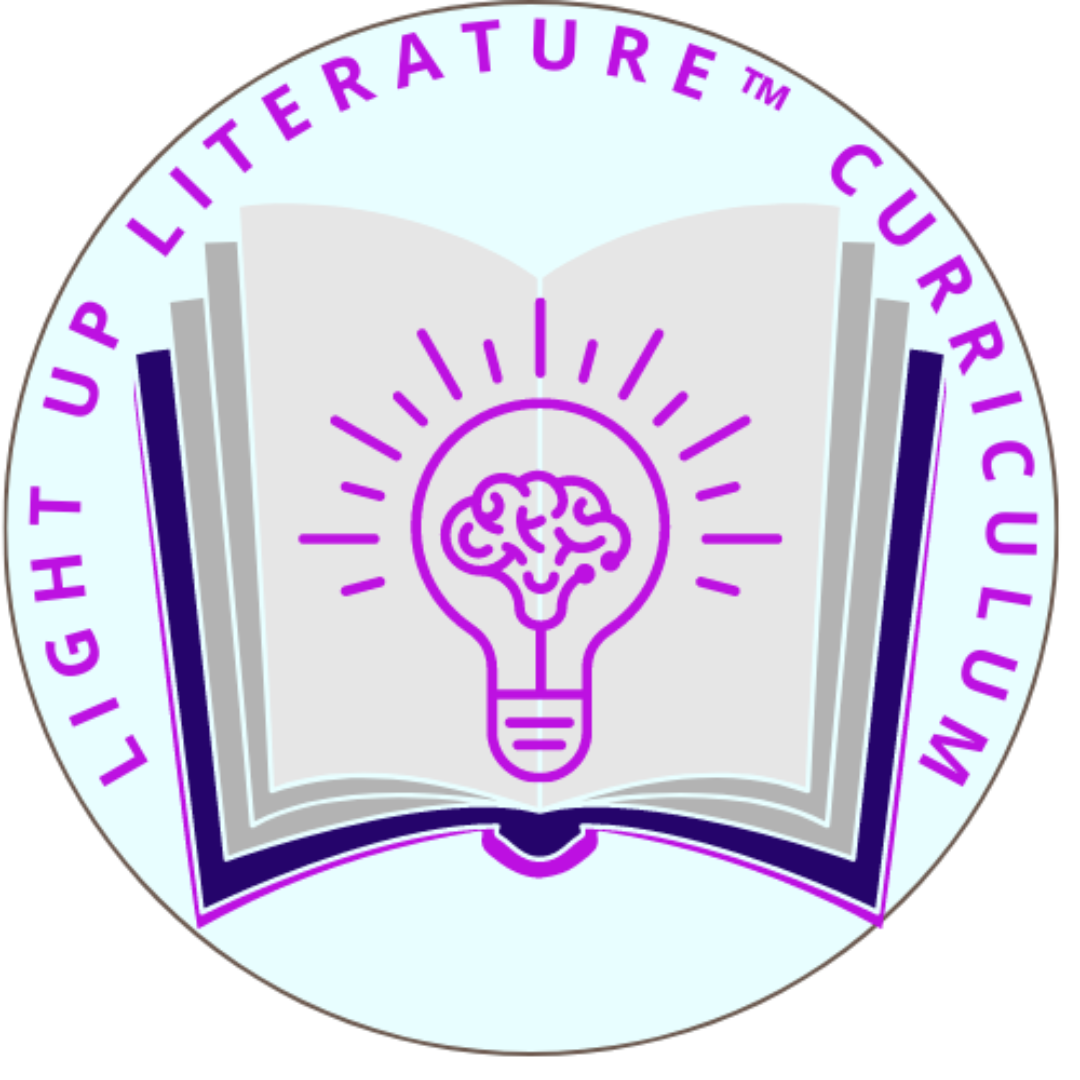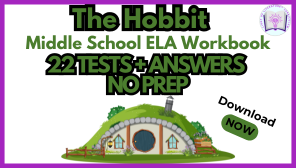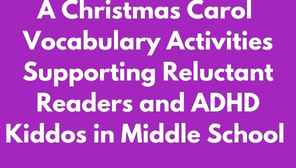Short Description
Description
Introducing Light Up Literature™ Curriculum's comprehensive collection of 30 Back-to-School Writing Prompts designed specifically for middle school students.
This resource is perfect for inspiring creativity, critical thinking, and self-reflection in your students as they embark on a new academic year.
Each writing prompt is thoughtfully crafted to engage young minds and encourage them to express their thoughts, feelings, and aspirations.
The prompts cover a wide range of topics, from personal goal-setting to creative storytelling, and even exploring imaginary scenarios.
Whether used as a warm-up activity, homework, or part of your lesson plan, these prompts are a valuable addition to any middle school teacher's toolkit.
Product Features:
30 Thought-Provoking Writing Prompts: Each prompt is carefully crafted to inspire introspection, creativity, and self-expression in middle school students.
Varied Topics: The prompts cover a diverse range of themes, including personal growth, academic challenges, summer experiences, and imaginative scenarios.
Encourage Critical Thinking: Stimulate critical thinking skills as students analyze, debate, and provide well-reasoned arguments in their writing.
Foster's Communication Skills: Enhance written communication skills as students articulate their thoughts and ideas clearly and effectively.
Promotes Self-Reflection: Encourage students to reflect on their past experiences, set goals for the future, and think about their place in the world.
Printable and Easy to Use: The prompts are provided in a printable and easy-to-use format, making it convenient for both teachers and students to engage with the content.
1. Encourages Creative Expression: The writing prompts are designed to inspire creativity and imagination in students. By engaging in different writing exercises, students can explore their thoughts, ideas, and emotions, fostering self-expression and original thinking.
2. Develops Critical Thinking Skills: Many of the prompts require students to analyze, evaluate, and provide persuasive arguments. This process enhances critical thinking skills, as students must consider various viewpoints and evidence to support their claims.
3. Improves Writing Proficiency: Regular writing practice is key to improving writing skills. The prompts give students ample opportunities to develop their writing proficiency, including sentence structure, grammar, vocabulary, and coherence.
4. Enhances Communication Skills: Writing is a form of communication. Through these prompts, students learn how to articulate their thoughts and ideas clearly and effectively, improving their overall communication abilities.
5. Promotes Reflection and Self-Awareness: Several prompts encourage students to reflect on their experiences, goals, and personal growth. This promotes self-awareness and helps students understand themselves better, leading to improved self-confidence.
6. Connects Learning to Real-Life Experiences: The prompts often relate to students' experiences, such as summer memories or challenges faced in school. This connection between learning and real-life experiences makes the writing exercises more meaningful and relevant to students.
7. Fosters Empathy and Understanding: Some prompts ask students to put themselves in others' shoes or explore different perspectives. This fosters empathy, compassion, and a broader understanding of diverse viewpoints.
8. Builds Student-Teacher Relationships: Teachers can use these prompts as a means of getting to know their students better. Through their writing, teachers can gain insights into students' interests, aspirations, and challenges, which can strengthen the teacher-student relationship.
9. Supports Different Learning Styles: Writing prompts cater to various learning styles, allowing students to express themselves through writing, which can be especially beneficial for students who prefer written expression over verbal communication.
10. Cultivates a Positive Classroom Environment: Engaging in creative and reflective writing can create a positive and supportive classroom atmosphere. It encourages students to share their ideas without fear of judgment, fostering a sense of belonging and inclusivity.
11. Provides Assessment Opportunities: Teachers can assess students' writing skills and progress through these writing prompts. This feedback enables teachers to tailor their instruction and support to meet individual student needs.
12. Sparks Classroom Discussions: Teachers can use students' written responses as discussion starters, encouraging class conversations on various topics related to the prompts. This promotes active participation and peer learning.
Common Core Writing Standards
CCSS.ELA-Literacy.W.6-8.3: Write narratives to develop real or imagined experiences or events using effective techniques, well-chosen details, and well-structured event sequences.
CCSS.ELA-Literacy.W.6-8.4: Produce clear and coherent writing in which the development, organization, and style are appropriate to the task, purpose, and audience.
CCSS.ELA-Literacy.W.6-8.5: Develop and strengthen writing as needed by planning, revising, editing, rewriting, or trying a new approach.
Specifications
No specification available








